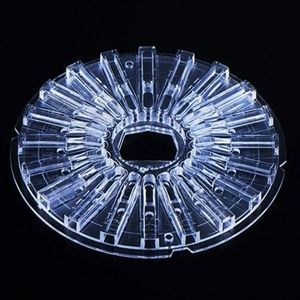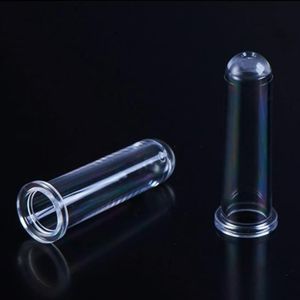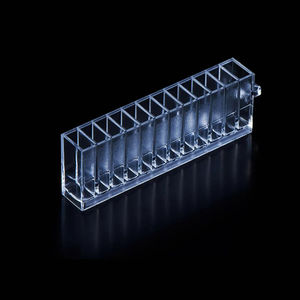
- Company
- Products
- Catalogs
- News & Trends
- Exhibitions
Disposable cuvette A08

Add to favorites
Compare this product
Characteristics
- Options
- disposable
Description
Cuvettes are essential laboratory tools used to hold samples for analysis in various scientific disciplines. These small, transparent containers are commonly made of quartz, glass, or plastic, and they come in different shapes and sizes. Whether you are involved in spectrophotometry, fluorescence measurements, or DNA quantification, understanding the importance of cuvettes and how to care for them is crucial to obtaining accurate results. In this article, we will delve into the various types of cuvettes, highlight their applications, and provide tips for maintaining their quality and longevity.
Cuvettes, the remarkable vessels that hold samples for analysis, play a vital role in scientific experiments and measurements. They serve as the bridge between your sample and the analytical instrument, impacting the accuracy and quality of results. Understanding the different types of cuvettes, exploring their applications in diverse scientific fields, and learning how to maintain them properly are crucial for any laboratory professional.
Various types of cuvettes are available, each designed to suit different analytical needs. Quartz cuvettes are renowned for their excellent optical properties, allowing for accurate and precise measurements in spectrophotometry and fluorescence experiments. Glass cuvettes, on the other hand, are commonly used in routine laboratory work due to their affordability and ease of cleaning. Plastic cuvettes offer a cost-effective alternative while providing excellent chemical resistance, making them well-suited for assays involving aggressive reagents.
VIDEO
Catalogs
No catalogs are available for this product.
See all of HWTAi‘s catalogs*Prices are pre-tax. They exclude delivery charges and customs duties and do not include additional charges for installation or activation options. Prices are indicative only and may vary by country, with changes to the cost of raw materials and exchange rates.






